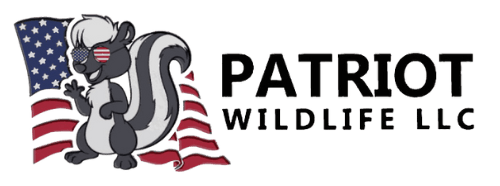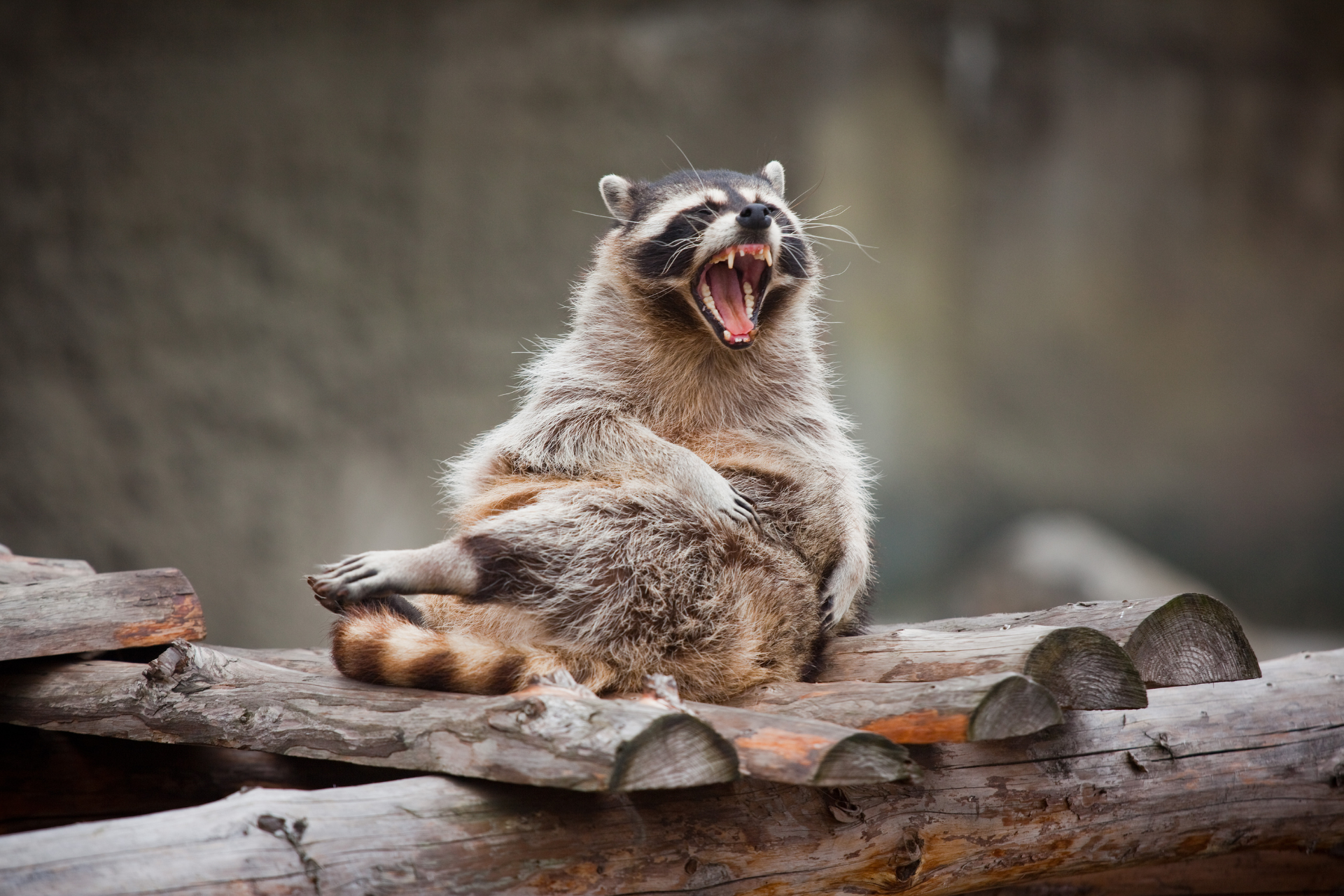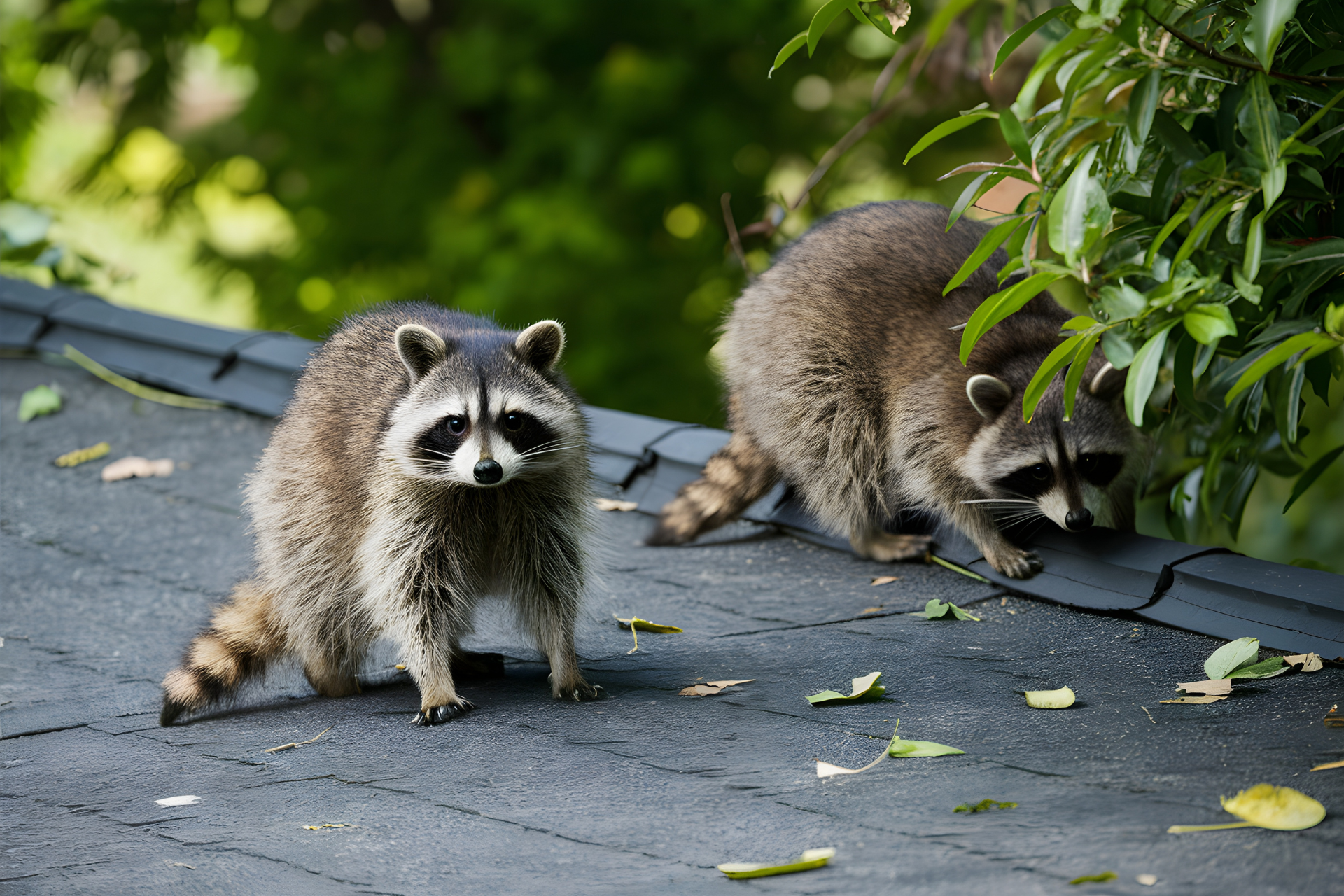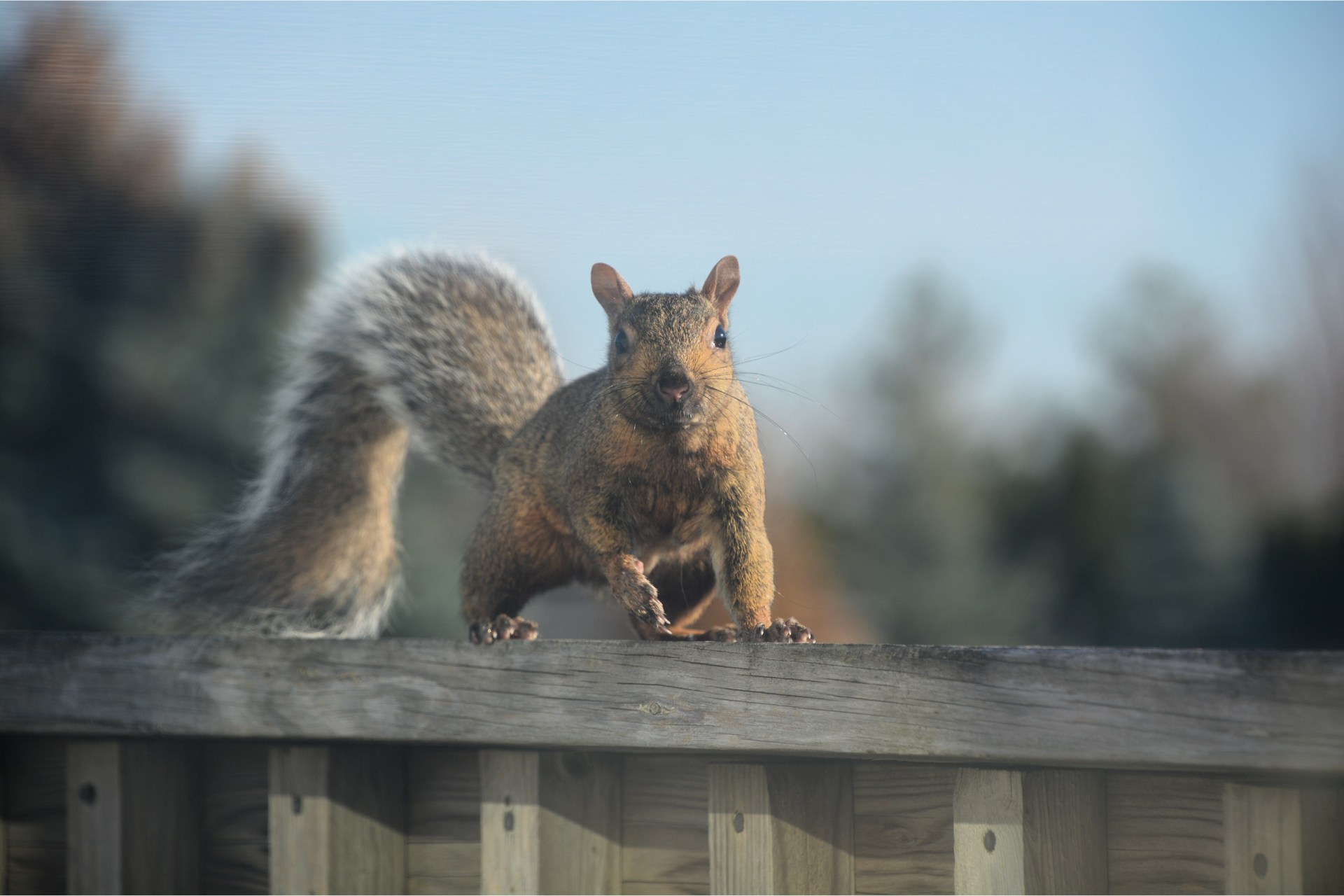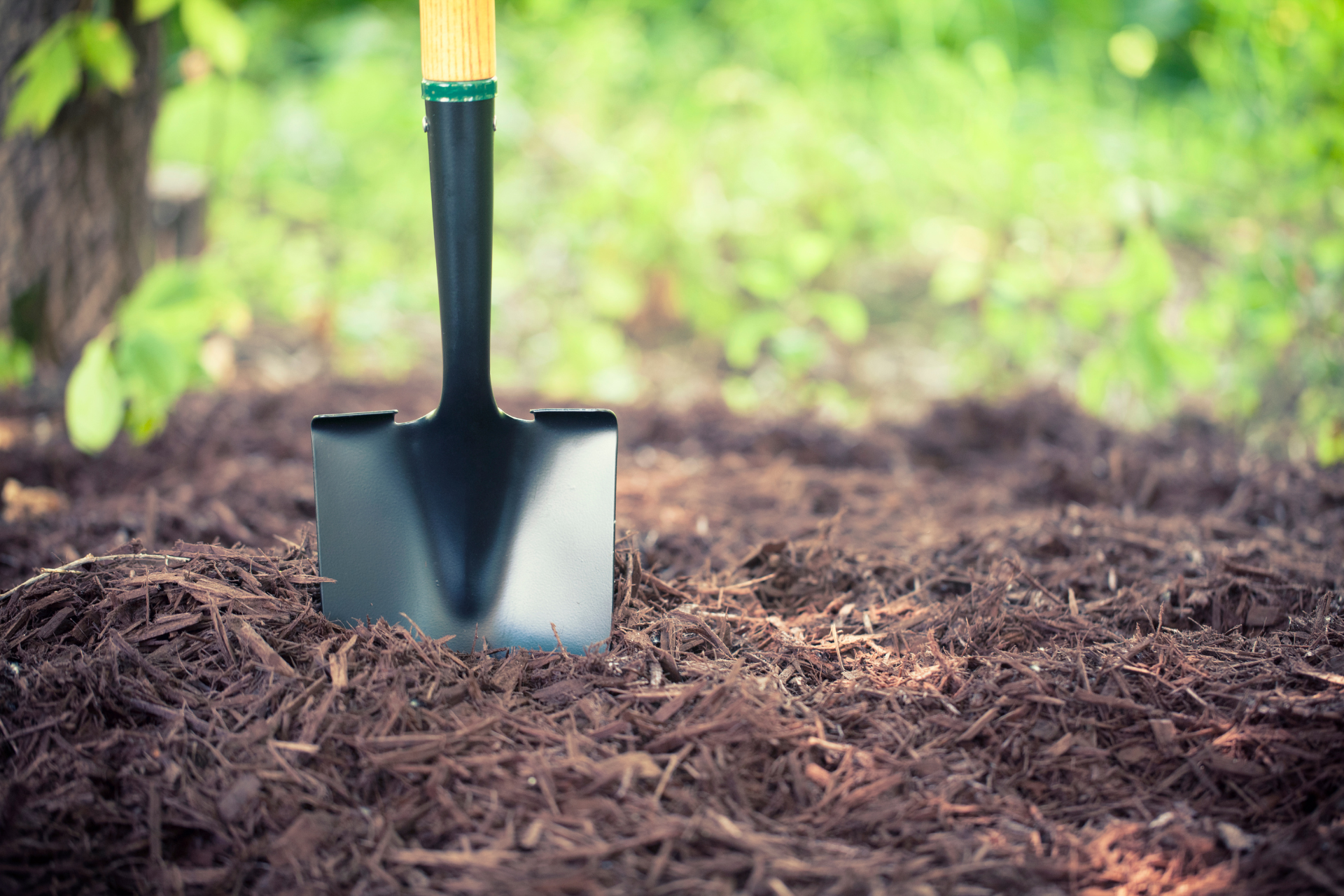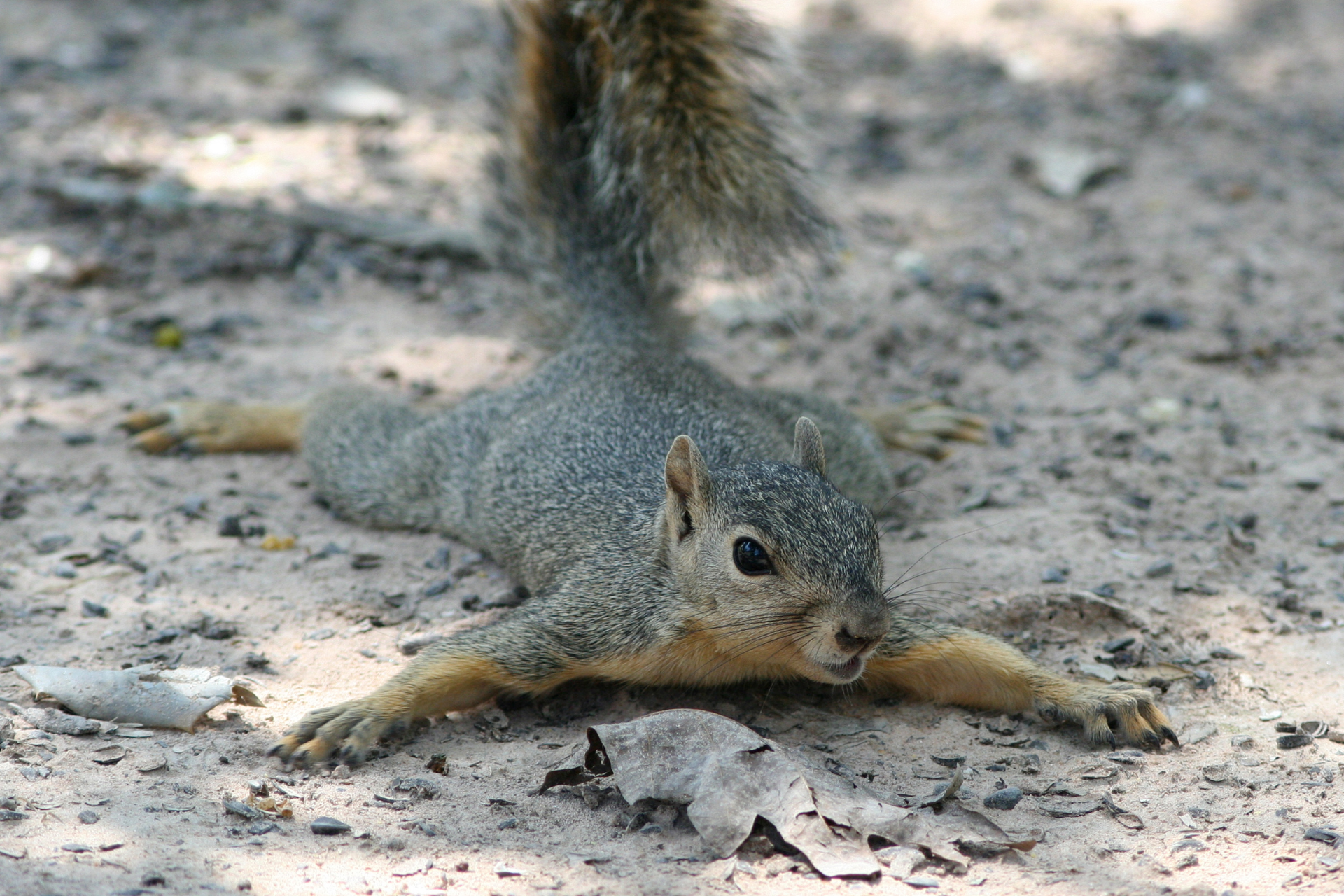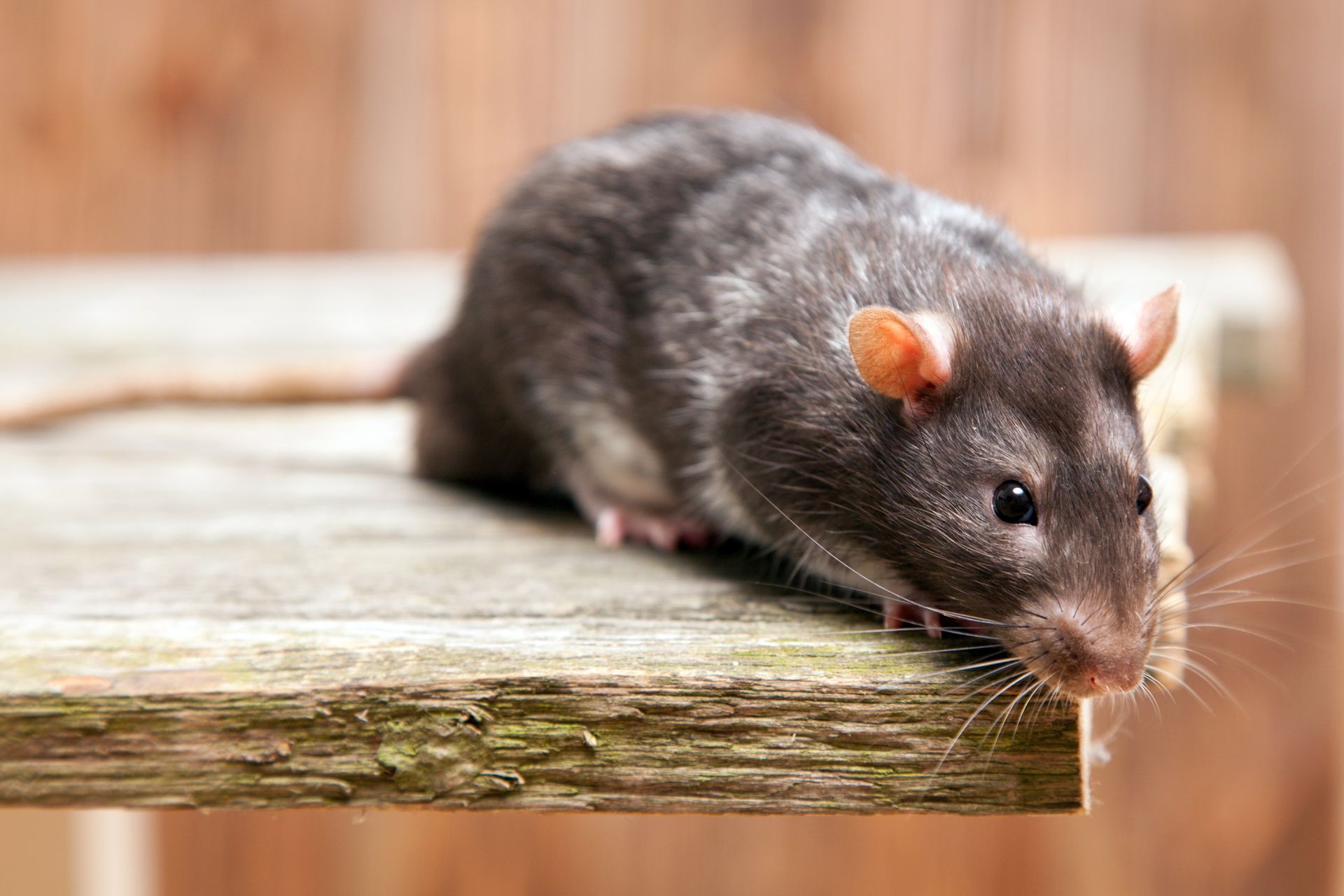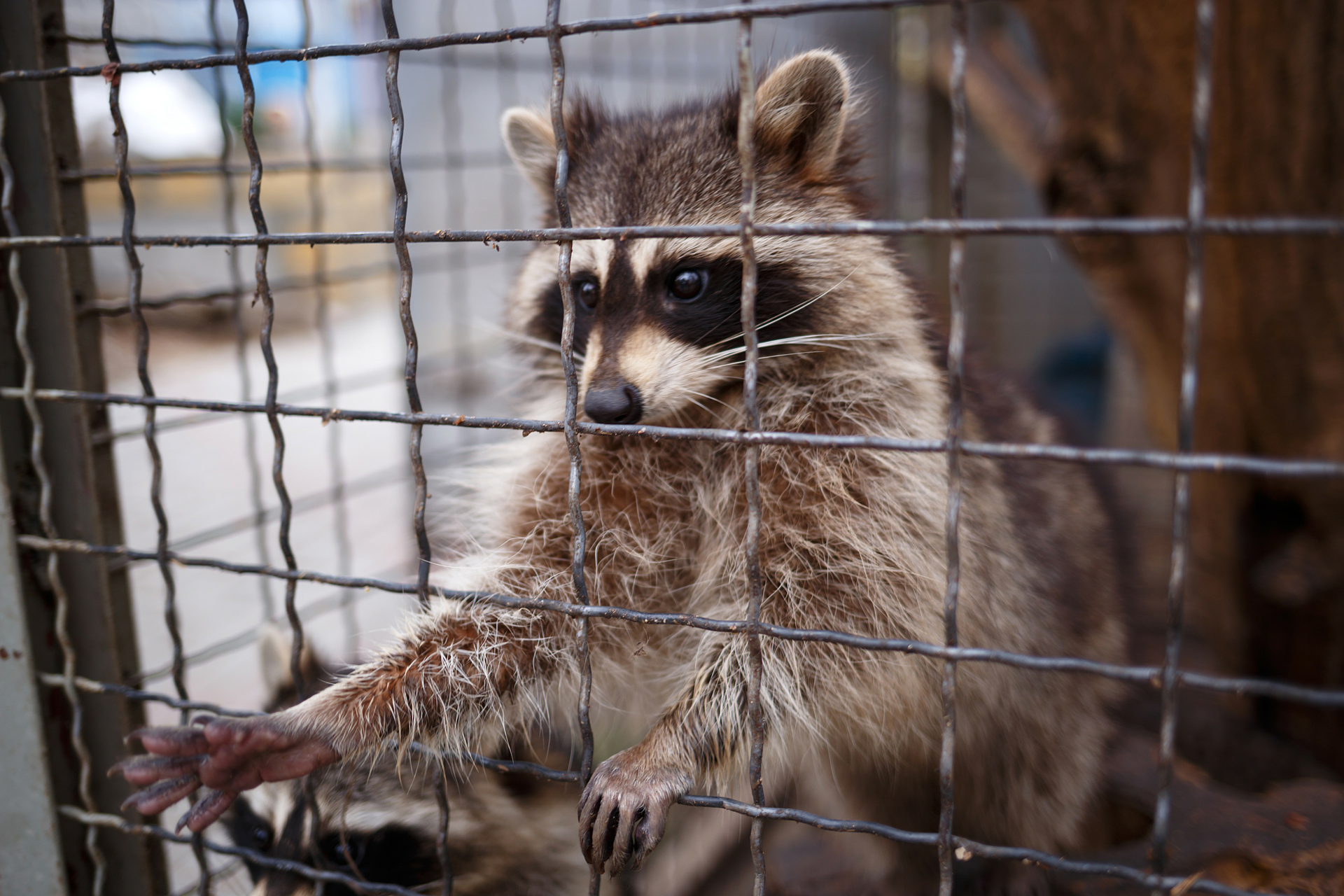Signs A Property Needs Wildlife Inspection
When It’s Time To Assess A Home For Animal Intrusions
It's easy to dismiss a strange noise or a patch of torn insulation. Life is busy, and sometimes odd things around the property just get chalked up to the wind, age, or maybe a restless squirrel outside. But more often than many would think, those subtle signs can actually mean something much bigger is happening just beyond the walls or in the attic. Wildlife intrusion is sneaky. It's rarely dramatic at the start. In fact, most of the time, the signs are so understated that people go weeks—or longer—without realizing an inspection is overdue.
Let’s dig into the realities of wildlife presence on a property, why it can go unnoticed, and how to tell when it’s time to take action. Because the earlier it’s caught, the better off everything will be—structure, health, and peace of mind included.
Odd Sounds That Come And Go
One of the earliest indicators something might be sharing the space is noise—but not the kind that happens on a regular, everyday basis. We're talking about those faint rustling sounds in the ceiling just before dawn, or the soft but repetitive scratching coming from the wall behind the living room. These aren’t things you hear during the hustle and bustle of daytime. They usually creep in when the world quiets down—when you’re lying in bed or sipping coffee before the sun rises.
What makes this especially tricky is that the sounds often aren’t loud. They might come and go in waves, especially if the animal is foraging or nesting. A raccoon won’t spend every moment stomping around an attic. A bat colony can flutter quietly in rafters for weeks. But when these sounds do come, they usually don’t match the rhythms of household activity. That’s one reason they tend to stick in people’s minds. They sound just… different.
And if there's ever a pattern—like the same sound, at the same time, for several nights? That’s a strong clue that something alive is getting comfortable in a spot that’s not meant for it.
Subtle Damage With No Clear Source
Sometimes the signs aren’t audible—they’re visual, but still not obvious. Homeowners might spot shreds of insulation in a spot that should be sealed tight, or find small piles of debris that seem oddly placed. Sometimes vents look tampered with, or soffits have corners that seem chewed at. These things rarely set off alarm bells on their own. Most folks just assume it’s wind, weather, or wear and tear.
But here’s the thing—wild animals are experts at entering a home in ways that don't leave glaring evidence. A raccoon might pry open a fascia board just enough to squeeze through, then pull it closed again when it leaves. Squirrels and mice can tunnel into insulation, quietly hollowing out space and leaving behind just enough mess to confuse, not alert. Birds might pull apart attic louvers or wedge themselves in dryer vents, leaving a bit of dust or droppings behind.
When someone starts to notice strange drafts, unexpected smells, or even fluctuations in their energy bill without any major household changes, those are the kinds of flags that suggest a deeper look is needed. Even faint discoloration on ceilings or walls—potentially from urine or nesting moisture—can be a clue. It doesn’t have to look dramatic to be a problem in the making.
Wildlife Activity Outside That’s A Little Too Close
Wild animals being around a home isn’t strange. But it’s where they’re hanging out—and how often—that should be monitored. Skunks, opossums, foxes, groundhogs—they all might pass through yards now and then. That’s just nature doing its thing. But when there’s a regular visitor using the deck as a highway, or when birds seem to be flying into the eaves every evening, that’s no longer casual traffic. That’s a potential nesting or denning situation.
Properties with heavy shrubbery, fallen fruit, pet food outside, or easy access to crawl spaces can unintentionally roll out the red carpet for wildlife. People often don’t realize how attractive their yard might be. Compost piles, unsecured trash cans, wood stacks, or even dog doors can become access points or buffet tables.
What’s happening outside the walls matters just as much as what’s going on inside. Frequent sightings, especially of nocturnal animals during daylight hours, suggest a comfort level that’s concerning. When wild creatures start treating a property like their own, it’s often just a matter of time before they move into the structure itself—if they haven’t already.
Smells, Stains, And Strange Reactions
When something's not right, sometimes it’s the air that gives it away. That musty scent drifting through a room for no clear reason, or the sudden presence of an ammonia-like odor, might be more than a passing nuisance. Urine and feces from animals like rodents, raccoons, or bats often carry a pungent smell that becomes stronger over time. It’s one of those things that sneaks up gradually—barely there at first, then unmistakable later on.
On top of that, some people might notice changes in their own well-being. Itchy eyes, respiratory irritation, or allergy symptoms flaring up without cause? That might not be seasonal pollen—it could be animal droppings, nesting materials, or fur particles circulating through the air. Wildlife waste isn’t just unpleasant—it can become airborne, especially if it’s in the ductwork or attic insulation.
The physical byproducts of animals nesting in a property don’t always show themselves through direct sightings. Instead, they seep in—through smell, through subtle grime, and through the way people feel when they’re spending time in certain parts of the home.
When It’s Time To Get Professional Help
If any of this sounds familiar—or even just possible—it’s worth asking the question: what might be going on behind the scenes? Wildlife doesn’t make a grand entrance. It sneaks in, settles down, and starts causing problems long before the damage becomes obvious. An inspection doesn’t just confirm whether animals are present. It identifies how they got in, what they’ve disturbed, and what kind of cleanup might be needed.
At Patriot Wildlife, we’ve seen just how much can happen before a property owner realizes something’s wrong. That’s why we encourage folks not to wait until the problem is undeniable. If there are noises that can’t be placed, subtle damages with no clear cause, or wildlife that seems too close for comfort, it might be time for a deeper look.
Contact us today and let’s talk about what’s going on. We’ll help figure out what kind of inspection is needed and whether there’s an issue worth addressing. Because in our experience, if you’re wondering whether something’s off… there’s usually a reason.
